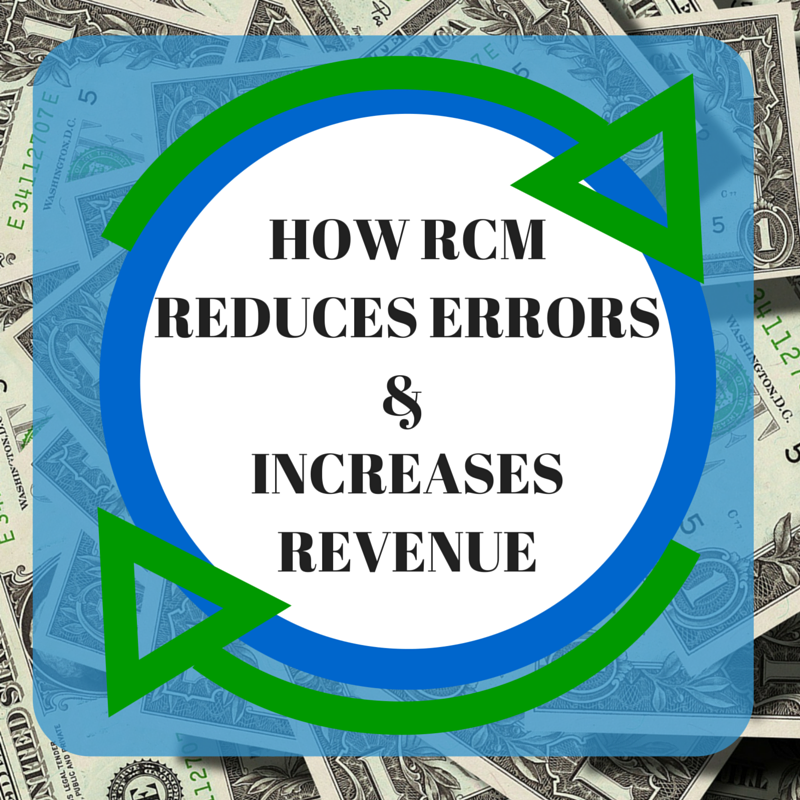Payers Increasing Member Value Through Payment Initiatives
The healthcare industry is undergoing an inevitable shift away from fee for service payment models towards reimbursement models that align with the healthcare triple aim, such as value based payments. The approach and question of which value-based model to implement still remains elusive for many organizations. Let’s take a look at some payment types on the value-based reimbursement spectrum.











